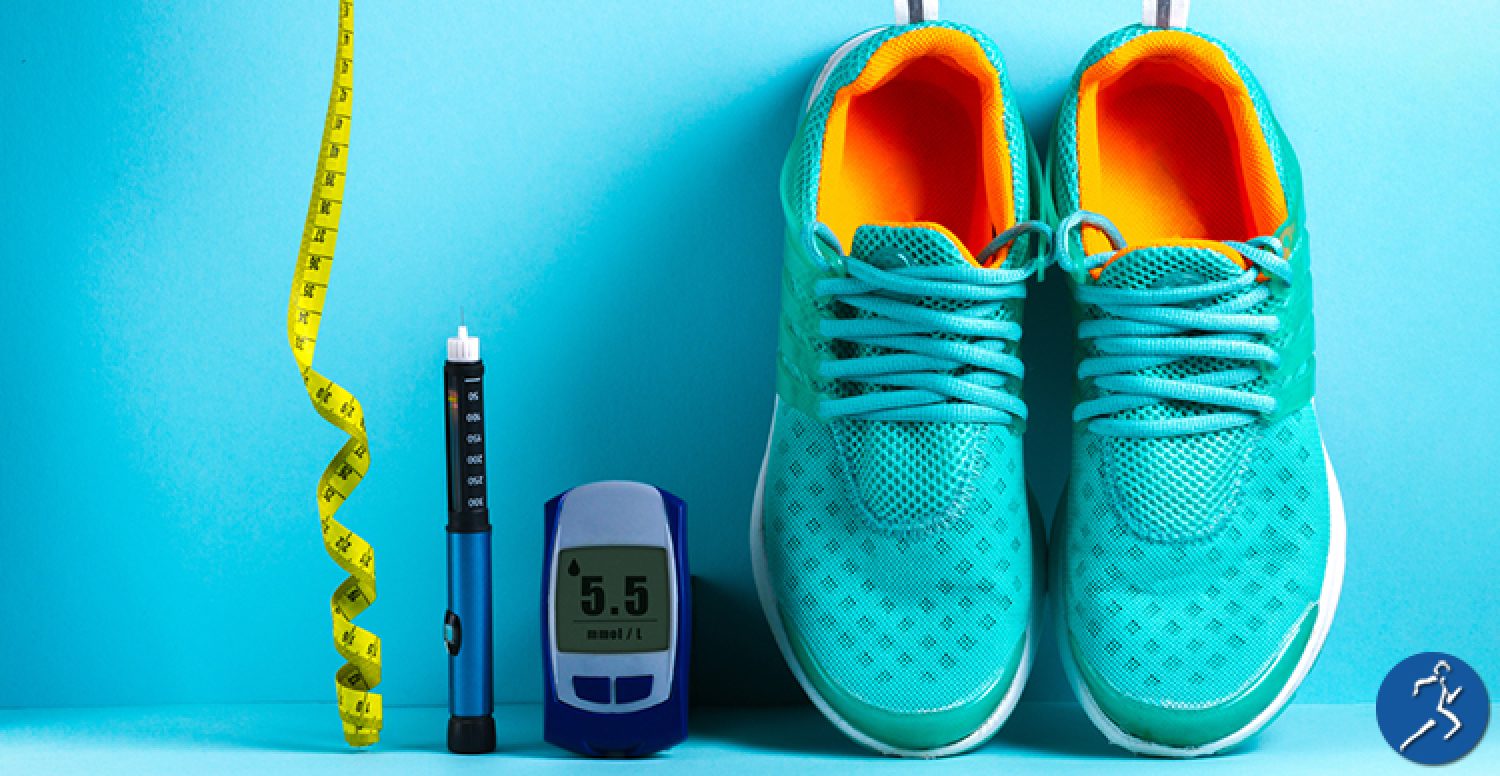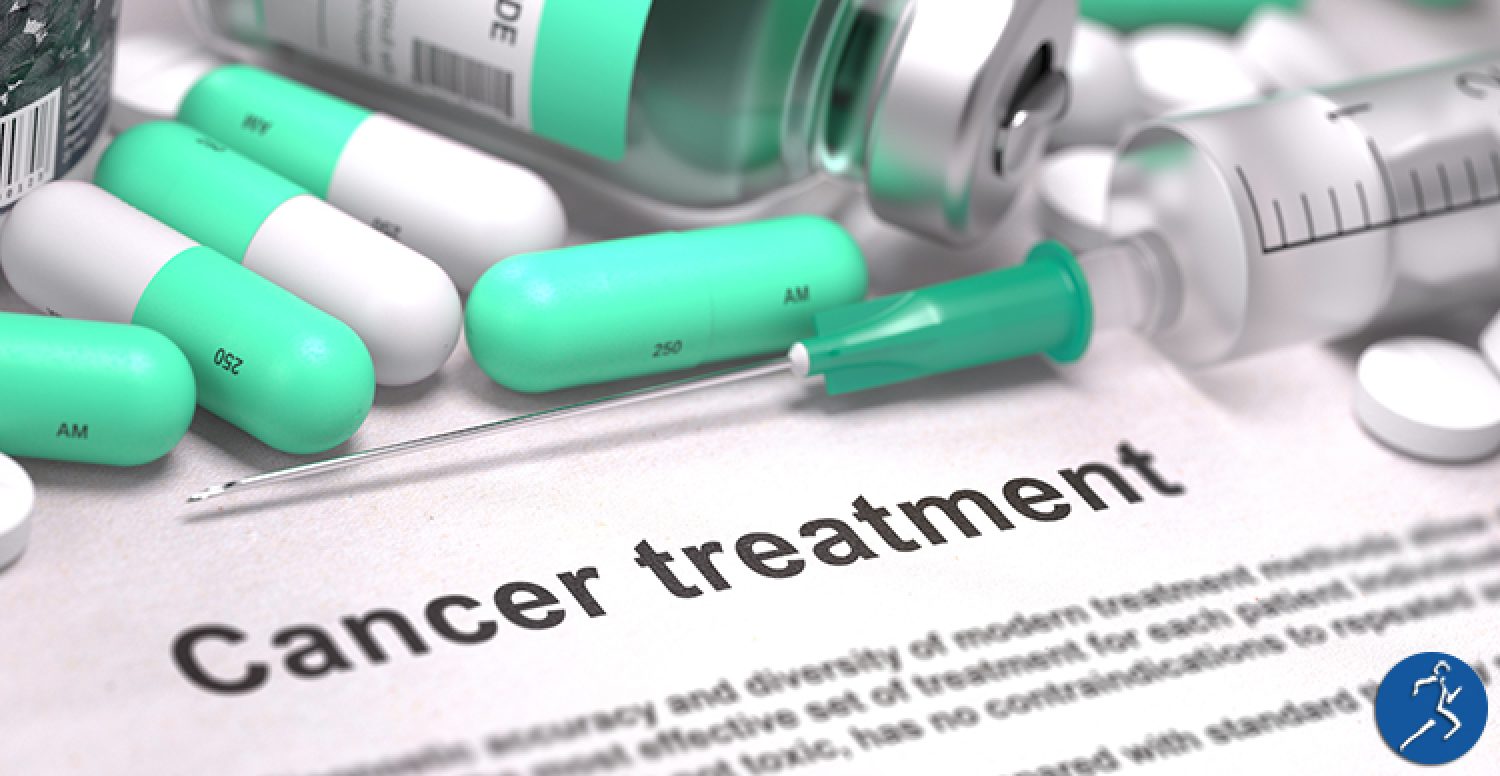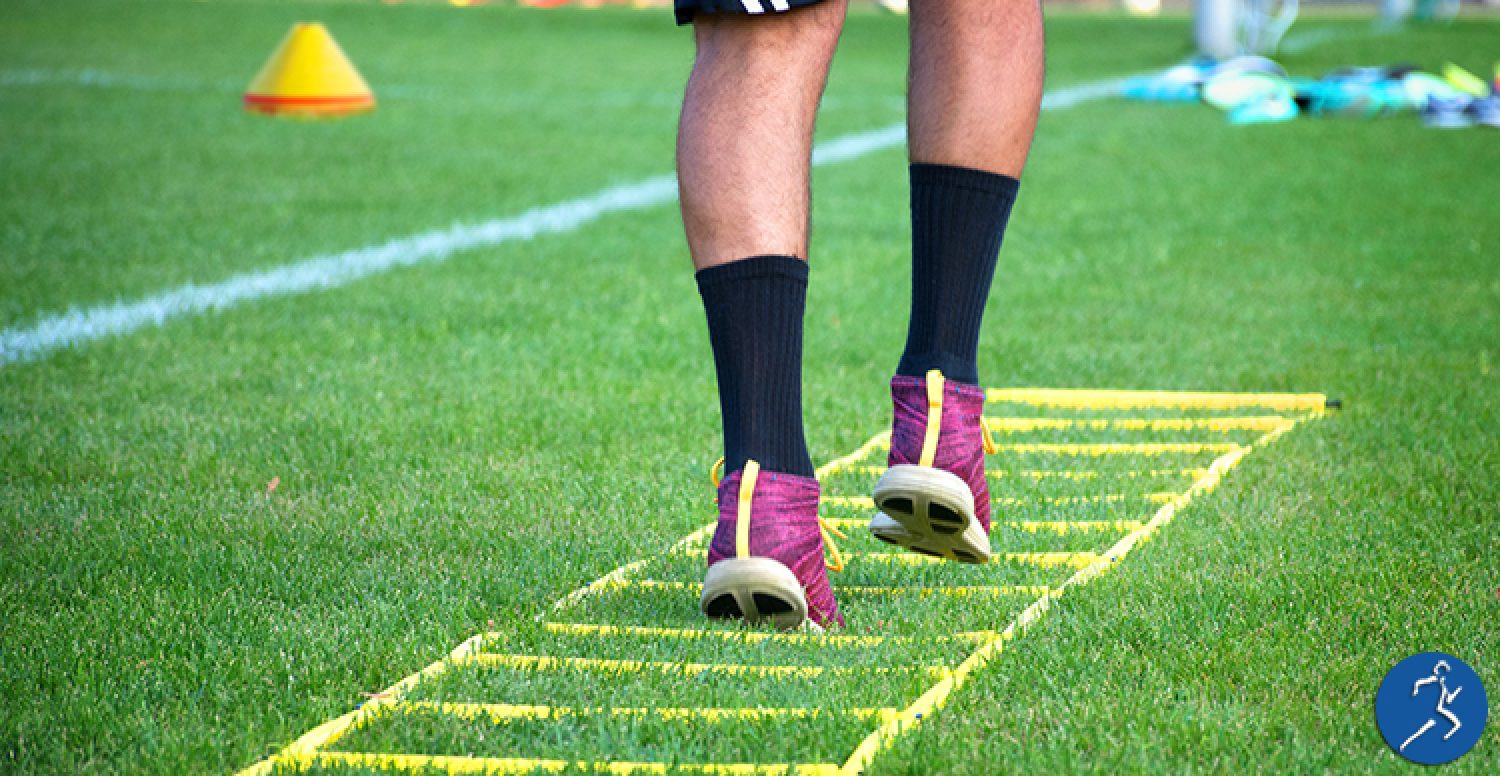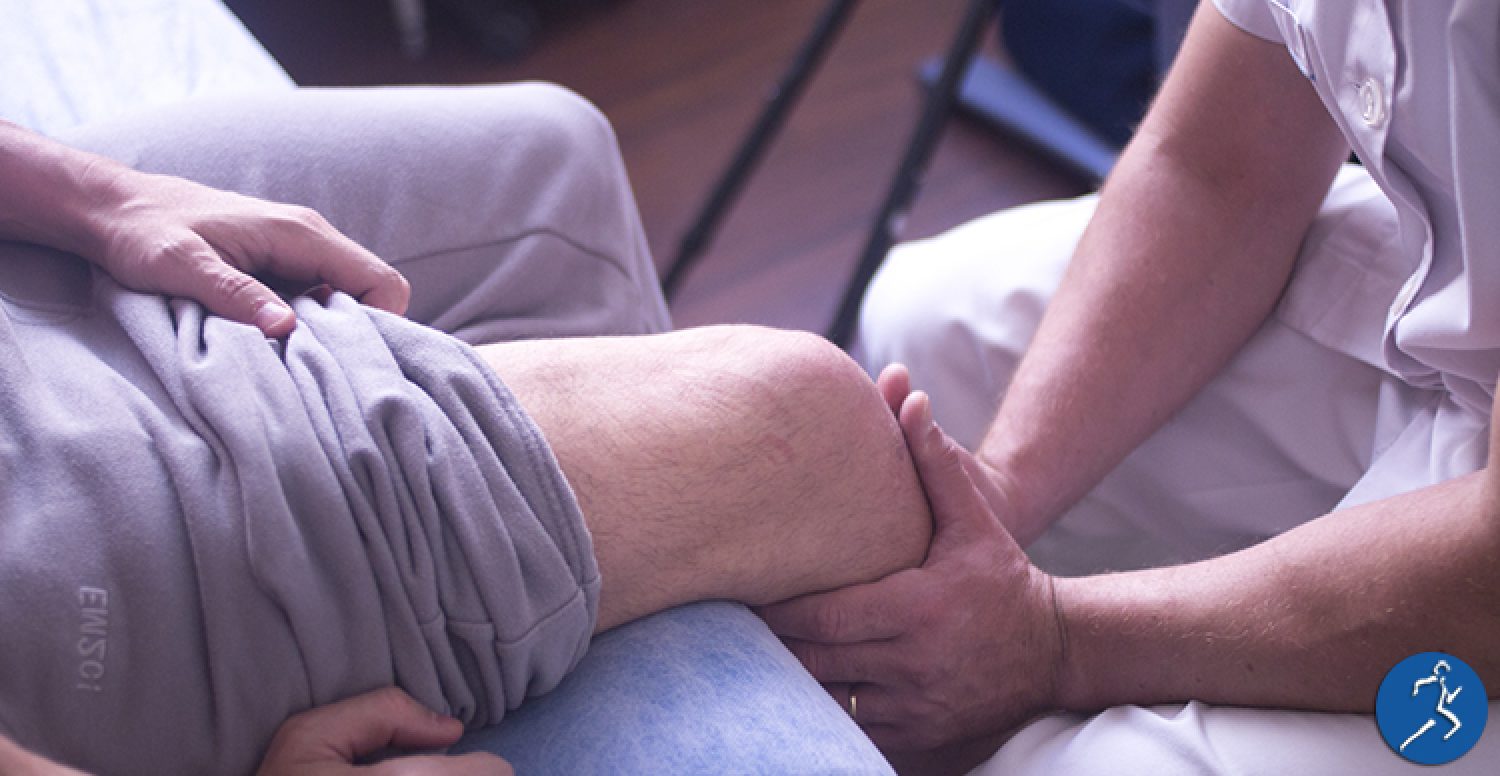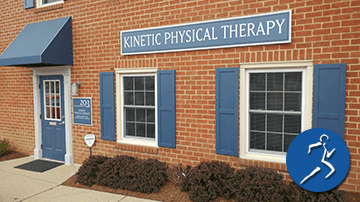Many people look forward to the cooler temperatures. Winter can be the most exciting season of the year for enthusiasts who love activities like skiing, snowboarding, ice skating, and other similar sports. However, injuries in winter can thwart you from enjoying these months. But there is good news! Physical therapy for winter injury can work wonders, and even help prevent surgery and recurring injuries. The Statistics Are Staggering Every year, millions of people are treated at hospitals, doctor’s offices, and emergency rooms for winter-related injuries, according to Globelink. Skiing and snowboarding top the charts for most injuries. Further, women and
Continue Reading →February is American Heart Month. Cardiovascular disease is still today’s number one killer in the United States. About one in three deaths are due to stroke or heart disease. Further, as we as age, the chance for complications only increases. People living with this disease face a multitude of challenges, including drastically decreased regular activity. But, there is hope. Physical therapy for cardiovascular disease is an excellent recovery tool that can even help to reverse some specific effects. In honor of American Heart Month, we would like to outline the benefits of physical therapy. Read on to learn how we
Continue Reading →There are many benefits of physical therapy for diabetes patients. A therapist can help people with diabetes get their life back. During treatment, patients learn how to participate in safe, effective exercise programs. The goal is improving a patient’s ability to move, perform daily activities, reduce pain, and hopefully lower blood glucose levels. Furthermore, PT treatment can even help people with diabetes heal associated skin problems faster than those without treatment. Here is some information regarding diabetes and the specific program a physical therapist may employ to help patients recover. What is Diabetes? Diabetes is a disease in which the
Continue Reading →A cancer diagnosis is never easy. Undergoing cancer treatment typically ravages the body. Physical therapy for cancer treatment and recovery may not be the first healthcare that comes to mind. Rightly so. However, a physical therapist could play a vital role in your recovery. According to the American Cancer Society, (https://www.cancer.org/) the five-year survival rate of all cancers diagnosed between 2003 and 2009 is 68 percent, a 20 percent increase compared to 1975 to 1977. Therefore, we can presume that the number of cancer survivors will continue to increase in the United States. And with more cancer survivors it is
Continue Reading →According to the Journal of Athletic Training, ankle sprains are the most common sports-related injury. Since youth sports-related injuries are on the rise, it is a good idea to train ankle stability. When an athlete performs any single sport-specific movement, the ankle and it’s surrounding muscles are put under a great deal of stress. Addressing the ankle, combined with lower leg strengthening allows the area to withstand greater force before injury occurs. Furthermore, this type of physical therapy after sprains aids in speedy recovery and helps prevent re-injury. We have some valuable information for training ankle stability to improve agility and
Continue Reading →As standard protocol, most patients will undergo physical therapy (PT) after total hip replacement (THP) or total knee replacement (TKR). However, a study that appeared in the Journal of Bone and Joint Surgery (JBJS) is turning this notion on its head. The study stated that physical therapy BEFORE joint replacement surgery, A.K.A. “prehabilitation,” may diminish the need for postoperative care by up to 30 percent. Furthermore, savings averaged $1,215 per patient in a skilled nursing facility, home health agency, or other postoperative care. Here are the details regarding the benefits of pre-operative physical therapy for total joint replacement (TJR). Total
Continue Reading →Because of the demands people place on their wrists and hands, especially for those who may work on a computer all day or those performing repetitive assembling line work, as many as 1 in 20 Americans may experience Carpal Tunnel Syndrome (CTS). It is a common condition of the wrist and hand that can even affect the use of the whole arm. What causes CTS? How is CTS treated? Can CTS be prevented? What are the effects of Physical Therapy for Carpal Tunnel Syndrome? We have the answers to these, and many other questions about CTS. What is Carpal Tunnel
Continue Reading →Anyone who has either played on a team as a kid or has children who participate in sports has experienced the occasional bump and bruise. But did you know that every year around 1.35 million young athletes have a sports-related injury severe enough to send them to the emergency room? What’s more, this number does not include the kids whose parents take them to Urgent Care clinics, or their family doctor for treatment. Youth sports injuries have reached alarming levels. The most common types of sports-related injuries among children are sprains, muscle strains, bone or growth plate injuries, repetitive motion
Continue Reading →As more and more children are participating in year-round youth sports leagues, the the rise in single-sport athlete injury has become alarming. What’s more, because many of these kids are not only competing all year but also competing on multiple teams simultaneously the issue becomes even more compounded. The result? Over-training, which leads to burnout, which leads to detrimental physical effects on developing bodies, which can affect lifelong health. Unfortunately, experts discovered one contributing factor may be parental pressure to compete and succeed. According to a consensus by the American Medical Society for Sports Medicine (AMSSM) the emphasis on competitive
Continue Reading →Trigger point dry needling (TDN) is a buzz word that is gaining traction in the physical therapy industry. So, what is dry needling, does it work? Testimonials are the most significant reason that this therapy has caught on with some physical therapists, athletes and other patients. Nevertheless, testimonials are not convincing scientific proof. Here are some facts about TDN. What is Trigger Point Dry Needling? Trigger point dry needling (TDN) is an intervention used to treat myofascial pain syndrome and associated impairments. Myofascial pain syndrome is characterized by the presence of one or more symptomatic myofascial trigger points (MTrPs)
Continue Reading →


